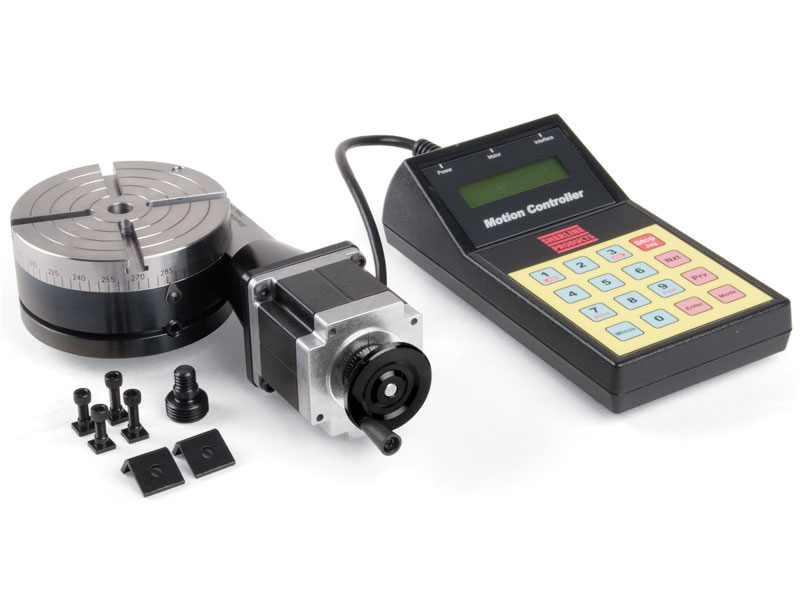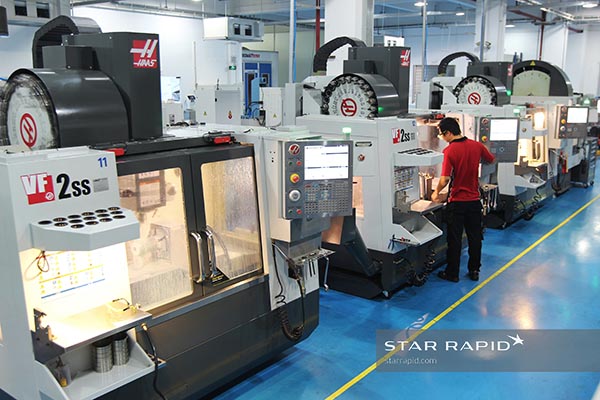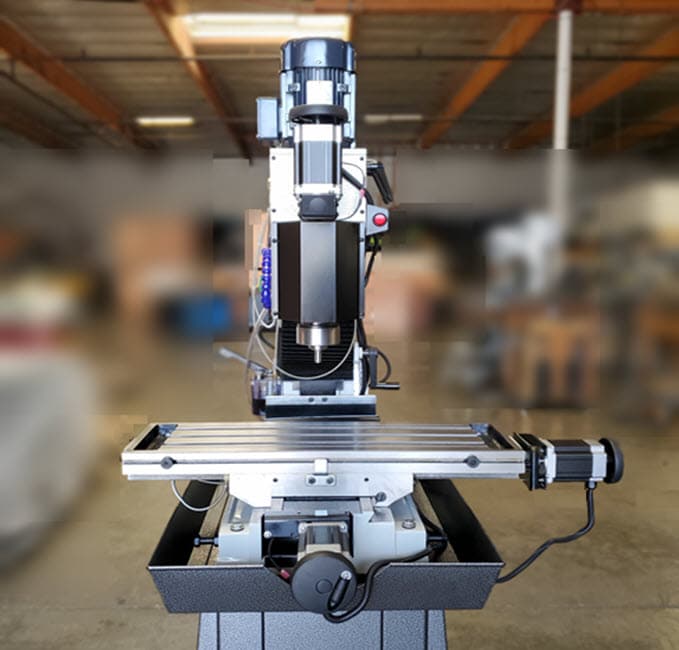Table of Contents
CNC mills have revolutionized the way we manufacture products. With their precise movements and high-speed capabilities, they have become a staple in many industries. But, can they control an indexer? An indexer is a device that rotates a workpiece to a specific angle, making it easier to machine. In this article, we will explore whether a CNC mill can control an indexer and the benefits it can provide.
Many manufacturers use indexers to improve efficiency and reduce errors in their production process. However, manually controlling an indexer can be time-consuming and prone to errors. This is where CNC mills come in. With their ability to automate movements and control multiple axes, they can easily control an indexer and improve the accuracy of the machining process. Let’s dive deeper into how a CNC mill can control an indexer and the advantages it can bring to manufacturing.
Can a CNC Mill Control an Indexer?
When it comes to manufacturing, precision and accuracy are key. CNC mills are a staple in modern manufacturing, allowing for precision cuts and repeatability. However, there are times when the workpiece needs to be rotated or positioned at different angles, which is where an indexer comes into play. But can a CNC mill control an indexer? Let’s dive into the details.
What is an Indexer?
An indexer is a mechanical device that rotates a workpiece to a specific position or angle. It can be used in conjunction with a CNC mill to create complex parts with multiple angles or features. Indexers come in various sizes and configurations, from manual to fully automated.
To use an indexer with a CNC mill, the two devices need to be integrated. This is done by connecting the indexer to the CNC mill’s control system, which allows the mill to send commands to the indexer to rotate or position the workpiece.
How Can a CNC Mill Control an Indexer?
There are several ways that a CNC mill can control an indexer. One of the most common methods is through the use of a fourth axis. A fourth axis is a rotary table that can be added to a CNC mill to provide indexing capabilities. The rotary table is connected to the mill’s control system, allowing it to rotate the workpiece to a specific position.
Another method is through the use of a dedicated indexer control system. This system is connected to the CNC mill’s control system and provides more advanced indexing capabilities, such as programmable angles and positions.
Benefits of Using an Indexer with a CNC Mill
Using an indexer with a CNC mill provides several benefits. First and foremost, it allows for greater precision and accuracy when creating complex parts with multiple angles or features. It also reduces the need for manual intervention, as the indexer can be programmed to rotate or position the workpiece automatically.
Another benefit is increased productivity. With an indexer, multiple features or angles can be machined on a single workpiece without the need for manual repositioning. This reduces the time it takes to create the part and increases overall efficiency.
Indexer vs. Rotary Table
While a rotary table can provide indexing capabilities, it is not as versatile as a dedicated indexer. Rotary tables are typically limited to 360-degree rotation, whereas an indexer can be programmed to rotate to specific angles or positions. Additionally, an indexer can be used in conjunction with a rotary table to provide even greater indexing capabilities.
Conclusion
In conclusion, a CNC mill can control an indexer, providing greater precision, accuracy, and productivity when creating complex parts with multiple angles or features. Whether through the use of a fourth axis or a dedicated indexer control system, integrating an indexer with a CNC mill is a worthwhile investment for any manufacturing operation.
Frequently Asked Questions
Here are some common questions regarding the ability of a CNC mill to control an indexer:
Can a CNC mill control an indexer?
Yes, a CNC mill can control an indexer. An indexer is a device that rotates a workpiece to a specific position for machining. With the use of a CNC mill, an indexer can be programmed to rotate the workpiece to precise angles and positions for machining.
The CNC mill communicates with the indexer through a dedicated interface, which allows the mill to send commands to the indexer to rotate the workpiece. The indexer can be controlled in a variety of ways, including through G-code commands or through a custom software program.
What types of indexers can a CNC mill control?
A CNC mill can control a variety of indexers, including horizontal and vertical indexers, rotary tables, and other types of positioning devices. The type of indexer used depends on the specific machining requirements of the workpiece.
The CNC mill can be programmed to communicate with the indexer in a way that is specific to the type of indexer being used. This allows for precise control over the positioning and rotation of the workpiece, ensuring accurate machining results.
What are the benefits of using an indexer with a CNC mill?
The use of an indexer with a CNC mill can provide several benefits, including increased efficiency, improved accuracy, and the ability to machine complex parts. By using an indexer, the mill can rotate the workpiece to the exact position needed for machining, reducing the need for manual adjustment and increasing efficiency.
The indexer also allows for precise positioning and accurate machining, which is especially important when working on complex or intricate parts. Additionally, the use of an indexer can reduce the risk of error, resulting in higher quality parts and less scrap.
How do you program an indexer with a CNC mill?
To program an indexer with a CNC mill, you must first determine the specific positioning and rotation requirements for the workpiece. This information is typically provided in a CAD model or other design documentation.
The CNC mill is then programmed to communicate with the indexer using G-code commands or a custom software program. These commands tell the indexer how to position and rotate the workpiece for machining. Once programmed, the CNC mill can automatically control the indexer during the machining process.
What are some common applications for using an indexer with a CNC mill?
Using an indexer with a CNC mill can be beneficial in a variety of machining applications, including milling, drilling, and cutting. The ability to rotate the workpiece to precise positions allows for the creation of complex shapes and features.
Some common applications for using an indexer include machining gears, cams, and other intricate parts. Indexers are also commonly used in the production of parts for the aerospace and automotive industries, where accuracy and precision are critical.
In conclusion, the answer to the question of whether a CNC mill can control an indexer is a resounding yes. With the advent of modern technology, it is now possible for CNC mills to control indexers with ease. This has made it possible for manufacturers to produce complex parts and components with greater precision and accuracy.
The ability of CNC mills to control indexers has revolutionized the manufacturing industry by enabling manufacturers to produce parts and components that were previously impossible to make. This has not only increased production efficiency but has also resulted in cost savings for manufacturers.
In summary, CNC mills can easily control indexers, which has opened up a world of possibilities for manufacturers. With greater precision and accuracy, manufacturers can produce complex parts and components more efficiently and cost-effectively than ever before.
Request a quote today!
[contact-form-7 id="1578" title="Contact form"]
Please compress the file into a ZIP or RAR file before uploading. Alternatively, send through your RFQ by email.
enquires@unitymanufacture.com





